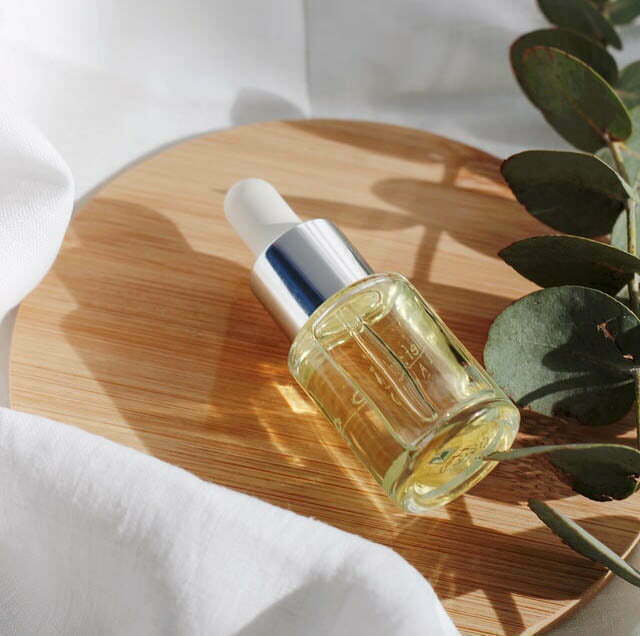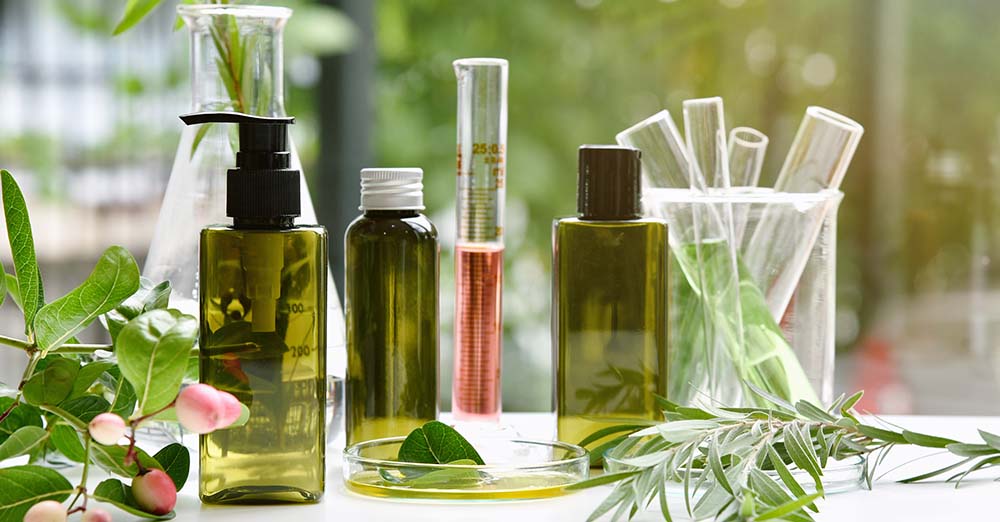Recently updated on: May 11th, 2023
Macerates are an interesting yet apparently little known form of plant extracts. Although widely used, they are frequently confused with herbal oils or infusions, due to a range of similar features.
Macerate – what is it?
Macerates are obtained in the process of maceration, which is a room temperature process of extracting plant material in a solvent (water, oil, alcohol). Maceration can take from less than one hour to even a few weeks. However, given the specific nature of this method, it cannot be used to fully extract active substances. Extraction continues to the point in which equalized concentration of the extracted compounds is achieved between the solvent and the plant material.
Macerates in cosmetics
In the cosmetics industry, the most widespread use is of oil macerates, which, unlike vegetable oils, which are pressed primarily from the seeds of oil-bearing plants, are prepared by extracting the raw material with oil.
Maceration – what does this process consist of?
How to make macerate? Macerate can be prepared from any part of the plant in two ways – the hot method or the cold method.
Cold maceration
In the cold method, the entire maceration process takes place at room temperature. The raw material is flooded with oil and then left for 3 weeks, during which the mixture is stirred daily.
Heat maceration
The procedure for preparing the macerate by heat is slightly different. In this method, the mixture is heated for the first 20 minutes after pouring oil over the raw material, and only after this time does the actual maceration process take place, which lasts much shorter, only 24 hours.
This type of macerate is oil containing all the fat-soluble substances present in the plant material. These include fatty acids, vitamin A, D, E and K, waxes and essential oils, which work perfectly for the skin and hair. For this reason, they are used primarily in skin care, especially for dry and damaged skin.

Macerates
We are a wholesale distributor of high-quality natural macerates.
Our products come directly from manufacturers and are used in the production of natural and herbal cosmetics and medicines.
Macerates are a group of plant-based oils. They are primarily created through the maceration of plants in base oil, which is where they get their name from. They have recently gained popularity mainly as an ingredient in many cosmetics and therapeutic preparations.
Macerates are created using two methods: hot and cold maceration. A macerate can be made from virtually any plant and any of its parts. Obtaining a macerate is a process that requires time and patience.
Herbal macerates, for example the macerates of arnica, calendula, lavender or St John’s Wort, have moisturizing, anti-inflammatory and antibacterial properties. The carrot macerate, on the other hand, given its high contents of vitamin E and K as well as of carotene, is a popular ingredient of after-tanning products, as it improves and enhances the tan color.
Pharmaceutical uses of macerates
In the pharmaceutical industry, macerates are defined primarily as water-based extracts obtained from mucilage materials, such as flaxseed or marshmallow root. This type of macerate is prepared by infusing the plant material in water of room temperature, usually in the ratio of 1:20 (material : solvent), stirred thoroughly and left under cover for 30 minutes, stirring again from time to time. The maceration technique allows the mucilage to be effectively extracted, whereas the extraction level of other substances, which are better soluble in alcohol or fats, is reduced.
Given their broad spectrum of application, flaxseed macerates are particularly popular. Rich in mucilage and having important physical and chemical properties (viscosity, swelling), linseed macerate finds many uses. Taken internally, it protects the digestive track, whereas a flaxseed macerate compress will sooth skin irritation and inflammation, as well as have a moisturizing effect.
Bibliography:
1. https://biotechnologia.pl/kosmetologia/ziolowe-maceraty-olejowe-w-pielegnacji-skory,17397
2. https://www.poradnikzielarski.pl/ziola-lecznicze/nasiona-lnu-oslaniaja-przewod-pokarmowy-walcza-z-zaparciami.html
3. Sznitowska M. Farmacja stosowana – technologia postaci leku. PZWL, 2017



You produced some decent points there. I looked on-line for your problem and discovered most individuals should go in addition to together with your site.
this is something i have never ever read. very detailed analysis.
Thanks for your feedback!